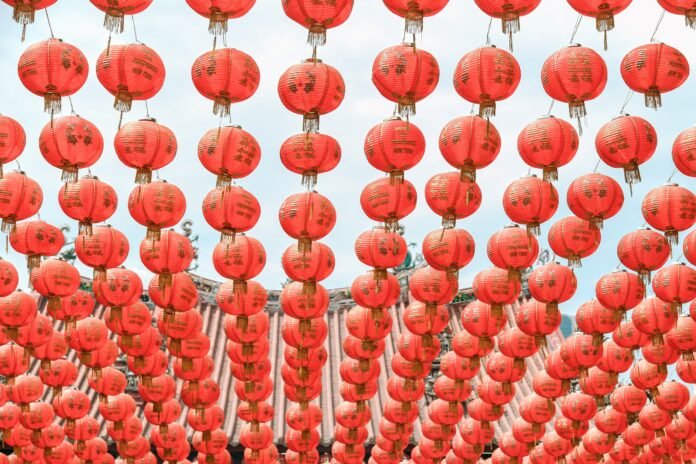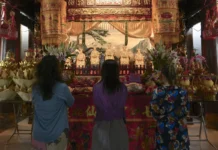
China is a country with a rich and diverse cultural heritage that has been passed down through generations. Its intangible cultural heritage (ICH) is an integral part of its culture and reflects the customs, beliefs, rituals, and artistic expressions of the Chinese people. In 2006, China became a signatory to the UNESCO Convention for the Safeguarding of the Intangible Cultural Heritage, recognizing the importance of preserving and promoting its ICH.
China’s ICH includes a vast array of traditions and practices, ranging from folk art and music to religious festivals and traditional medicine. Some of the notable examples of China’s ICH are:
- Chinese Opera: Chinese opera is a form of traditional Chinese theatre that combines music, singing, and dance. It has a history of over 1,300 years and has evolved into various regional styles, including Peking Opera, Cantonese Opera, and Sichuan Opera. The stories in Chinese opera often draw from Chinese mythology and history, and the performances are known for their elaborate costumes, makeup, and acrobatics.
- Dragon and Lion Dance: The dragon and lion dance is a traditional performance that is commonly seen during festivals and celebrations in China. The dance is performed by a group of performers who carry a long dragon or lion puppet and move it in sync with the beat of drums and cymbals. The dragon and lion dance is believed to bring good luck and fortune and is an important cultural symbol in China.
- Chinese Calligraphy: Chinese calligraphy is the art of writing Chinese characters using a brush and ink. It has a history of over 2,000 years and is considered one of the highest forms of Chinese art. Chinese calligraphy is not just about writing characters but is also about expressing the emotions and personality of the artist through their brushstrokes.
- Traditional Chinese Medicine: Traditional Chinese Medicine (TCM) is a holistic system of medicine that has been practiced in China for over 2,000 years. It is based on the principles of yin and yang, the five elements, and the flow of qi (energy) in the body. TCM includes a range of practices, such as acupuncture, herbal medicine, massage, and dietary therapy, and is still widely used in China today.
- Chinese New Year: Chinese New Year, also known as Spring Festival, is the most important festival in China. It is celebrated on the first day of the Chinese lunar calendar and lasts for 15 days. During the festival, people clean their houses, reunite with family and friends, and enjoy traditional foods and activities, such as the dragon and lion dance, fireworks, and the exchange of red envelopes containing money.
In recent years, the Chinese government has taken various measures to safeguard its ICH. It has established a national list of intangible cultural heritage and a system for the protection and promotion of ICH. It has also provided funding for the preservation and transmission of ICH, such as the construction of museums and cultural centers and the training of practitioners and inheritors.
Furthermore, the government has encouraged the integration of ICH into modern society, such as the use of traditional Chinese medicine in healthcare and the incorporation of Chinese calligraphy into modern design. This not only helps to preserve China’s cultural heritage but also promotes cultural exchange and understanding between China and other countries.
In conclusion, China’s intangible cultural heritage is a vital aspect of its culture and reflects the rich history and traditions of its people. The government’s efforts to safeguard and promote ICH have been commendable, and it is crucial to continue these efforts to ensure that China’s ICH remains an integral part of its cultural identity.


